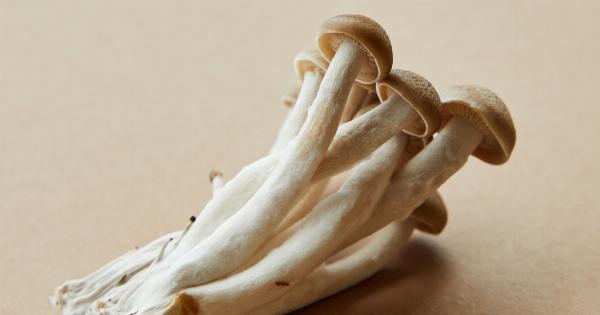Bruised nails can be a cause for concern and may indicate an underlying health issue. They can appear as dark spots, discoloration, or black streaks on the nails.
While most cases of bruised nails are harmless and resolve on their own, it is important to understand the common causes to identify any potential red flags. In this article, we will explore the various reasons that can lead to bruised nails.
1. Trauma or Injury
One of the most common causes of bruised nails is trauma or injury to the fingertips.
Accidental slamming of fingers in doors, dropping heavy objects on nails, or getting fingers caught in a closing drawer are some examples of incidents that can cause nail bruising. The impact disrupts the blood vessels beneath the nail, resulting in the formation of a bruise.
2. Vigorous Physical Activity
Engaging in vigorous physical activities, such as running, jumping, or playing sports, can also cause bruised nails. The repetitive pressure exerted on the fingertips can cause bleeding and subsequent discoloration of the nail bed.
3. Fungal Infections
Fungal infections, particularly onychomycosis, can cause discoloration and damage to the nails. Bruised nails may be a secondary consequence of the infection, resulting from the fungus invading and damaging the nail bed.
4. Subungual Hematoma
A subungual hematoma refers to a collection of blood beneath the nail. It typically occurs due to direct trauma or injury to the nail, resulting in the blood vessels beneath the nail rupturing and bleeding.
This condition often causes severe pain and discoloration.
5. Medications
Some medications, such as certain antibiotics and chemotherapy drugs, can have side effects that lead to nail discoloration and bruising. These effects are usually temporary and improve once the medication is discontinued.
6. Iron Deficiency Anemia
Iron deficiency anemia is a common condition characterized by low levels of red blood cells and hemoglobin in the body. It can cause brittle, weak, and easily bruised nails.
The lack of iron impairs the body’s ability to deliver oxygen to the nail bed, resulting in discoloration and bruising.
7. Nutritional Deficiencies
Deficiencies in certain vitamins and minerals, such as vitamin C, vitamin E, and zinc, can weaken the nails, making them more prone to bruising. Consuming a balanced diet rich in these nutrients is essential for maintaining healthy nails.
8. Use of Certain Cosmetic Products
Excessive use of certain cosmetic products, such as nail polish removers, acetone-based nail polish, or harsh chemicals, can damage the nails and cause them to bruise.
It is important to use nail products in moderation and opt for gentler, non-toxic alternatives.
9. Underlying Medical Conditions
Several medical conditions can contribute to nail bruising. Conditions such as psoriasis, lupus, kidney disease, and liver disease can affect the health of the nails and cause them to become weak and prone to bruising.
If you suspect an underlying medical condition, it is important to consult a healthcare professional for a proper diagnosis and treatment.
10. Aging
As we age, our nails become more susceptible to damage and bruising. The natural aging process leads to a decline in collagen production, making the nails thinner and more fragile.
This makes them more prone to bruising even with minor trauma or pressure.
Understanding the common causes of bruised nails is crucial for identifying any potential health issues.
While many cases of bruised nails are harmless and resolve with time, persistent or recurrent bruising should be evaluated by a healthcare professional. Maintaining a healthy lifestyle, adopting proper nail care practices, and addressing any underlying medical conditions can help prevent nail bruising in the long run.































